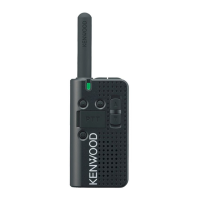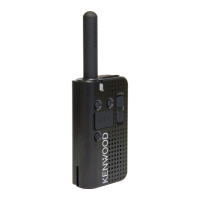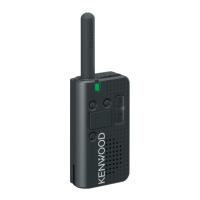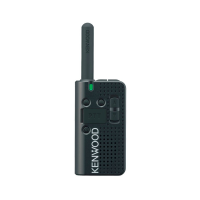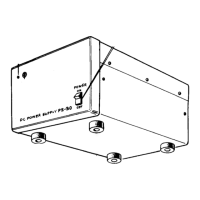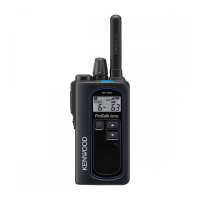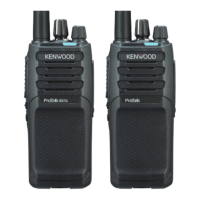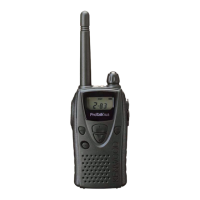1
CONTENTS
UNPACKING AND CHECKING EQUIPMENT .......................... 1
PREPARATION .......................................................... 2
ORIENTATION ........................................................... 7
BASIC OPERATIONS ................................................... 9
VOICE OPERATED TRANSMISSION (VOX) ......................... 11
CHANNEL SETUP MODE ..............................................12
KEY ASSIGNMENT MODE ............................................18
TROUBLESHOOTING GUIDE .........................................21
ALL RESET MODE ..................................................... 22
UNPACKING AND CHECKING EQUIPMENT
Carefullyunpackthetransceiver.Ifanyoftheitemslisted
below are missing or damaged, file a claim with the carrier
immediately.
SUPPLIED ACCESSORIES
• Batterycharger(KSC-44CR)/ACadapter(KSC-44SL) .........1
• Li-ionbatterypack(KNB-71L) ................................................1
• Beltclip(KBH-20) ................................................................... 1
• Screw(
M3 x 6 mm with washer) ...............................................2
• Warrantycard .........................................................................1
• Instructionmanual ..................................................................1
Note: Refer to “PREPARATION” for accessory installation
instructions.
